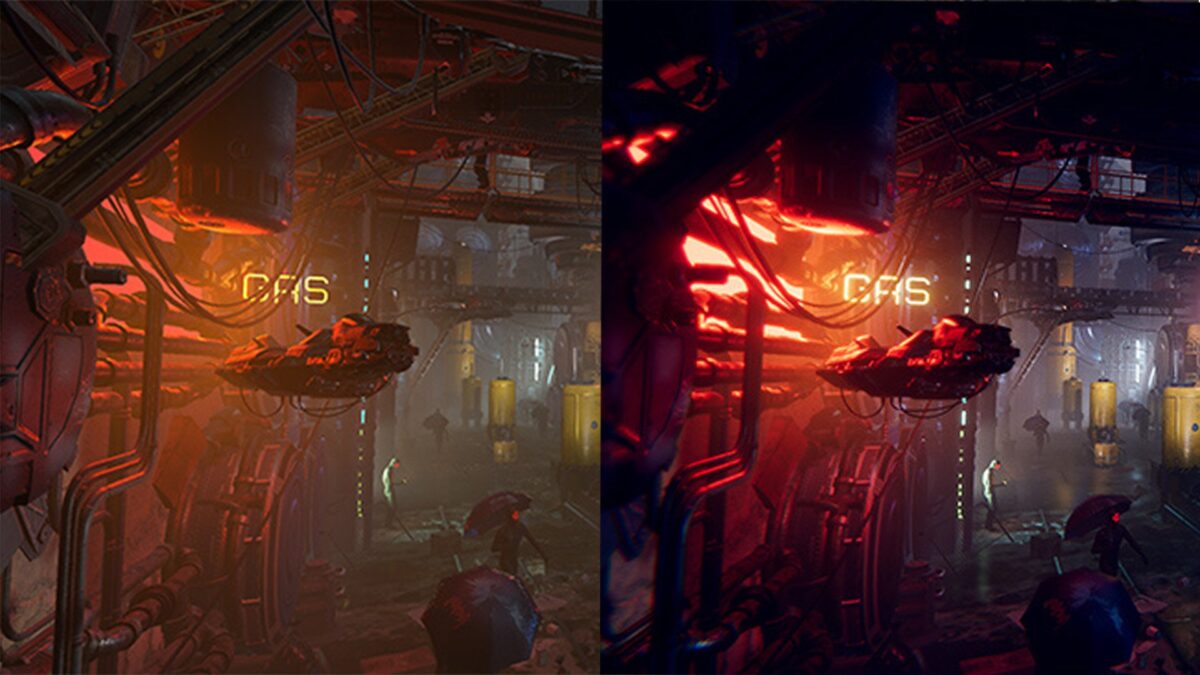Post-processing effects on Meta Quest 3 are "far more feasible"

Meta Quest 3's GPU is more than twice as fast as Meta Quest 2's, opening up new possibilities for developers.
Post-processing is one of the cornerstones of modern video games, adding significant visual enhancements. The most widely used VR game engine for standalone headsets, Unity, supports post-processing effects such as ambient occlusion, bloom, fog, depth of field, motion blur, tone mapping, and many more.
Standalone VR headsets like Meta Quest 2 or Pico 4 usually have to do without sophisticated post-processing effects because the GPU's performance budget is too tight. With Qualcomm's new XR chipset, the Snapdragon XR 2 Gen 2, this is starting to change. The new SoC's GPU is 2.6 times faster than the previous generation Snapdragon XR 2.
Quest 3 enables more complex render pipelines
Meta's leading graphics engineer Neel Bedekar explained in a talk at Meta Connect 2023 how developers can utilize the extra GPU budget. Bedekar's team developed Application SpaceWarp and enabled Meta Quest 2's performance boosts.
Meta has encouraged developers for years to keep render pipelines as simple as possible because of the limited GPU budget of Quest 1 and 2, Bedekar says. “For the longest time on our Meta Quest devices, post-processing has
been prohibitively expensive for GPU performance, but with that expanded GPU budget, we truly feel that that's no longer the case.”

The Quest 3's GPU budget increases by 2.6X compared to Quest 2, creating a lot more headroom for graphical enhancements. | Image: Meta
Mixed reality passthrough eats up a lot of performance
Bedekar also goes into detail about the Quest 3's mixed reality capabilities. The GPU budget is reduced in passthrough mode by as much as 20 to 40 percent, depending on which mixed reality APIs developers use. This is because passthrough rendering consumes GPU resources.
“We don't feel that performance difference is too much of a concern for MR developers, and there are a few very important reasons why”, says Bedekar. “Even though you will have less GPU performance when using MR compared to VR, that leftover performance budget is still significantly higher […] compared to the entire Quest 2 GPU budget.”
In addition, mixed reality apps typically do not fill the entire field of view and are in most cases less graphically demanding than VR applications.
You can watch the full talk below:
Note: Links to online stores in articles can be so-called affiliate links. If you buy through this link, MIXED receives a commission from the provider. For you the price does not change.